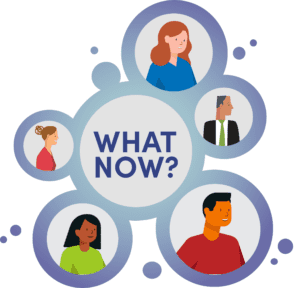For decades, states have been investing in statewide longitudinal data systems (SLDSs) that connect individual-level data over time from early childhood, K–12, postsecondary, and workforce. Because of these investments, most states have a powerful tool that could provide people with the information they need to make decisions at key transition points along their journey through education and into the workforce—but don’t yet. Right now, state leaders have an opportunity to build and maintain data systems that meet people’s access needs. DQC’s latest resource lays out a vision for ensuring that everyone has tailored access to information to drive student success, economic mobility, and systemic change.
This resource describes the types of data access that people need to successfully navigate decisions through education and the workforce, details four use cases in which SLDSs are necessary to support decisionmaking, and describes clear ways that state and federal leaders can take action to make this vision a reality.
View the accompanying infographic.
Want to see a high-level summary that illustrates how state data systems can enable decisionmaking for individuals, the public, and policymakers through education and the workforce? Click here.



